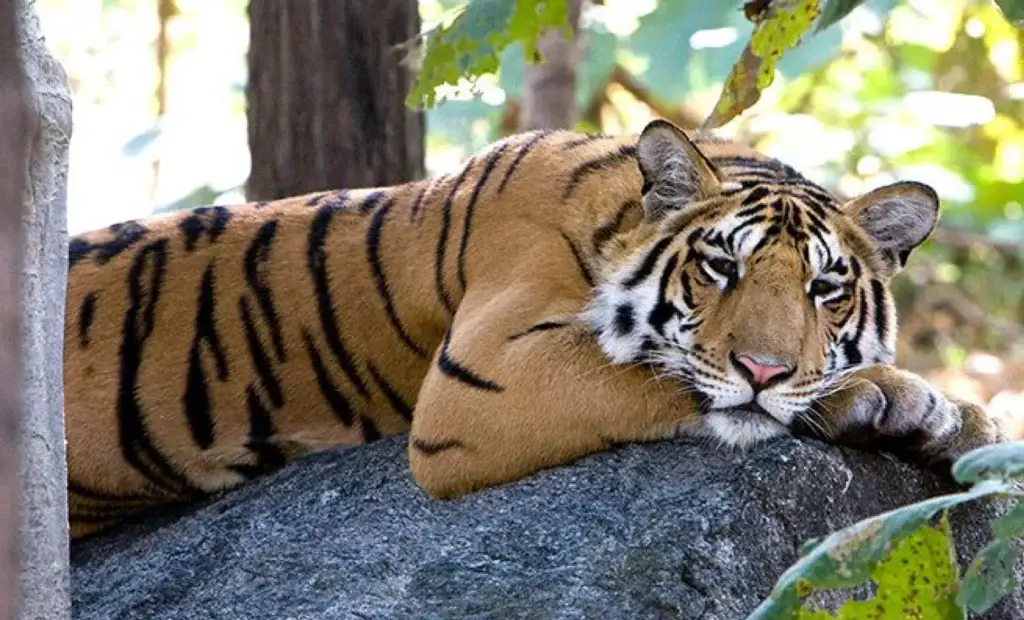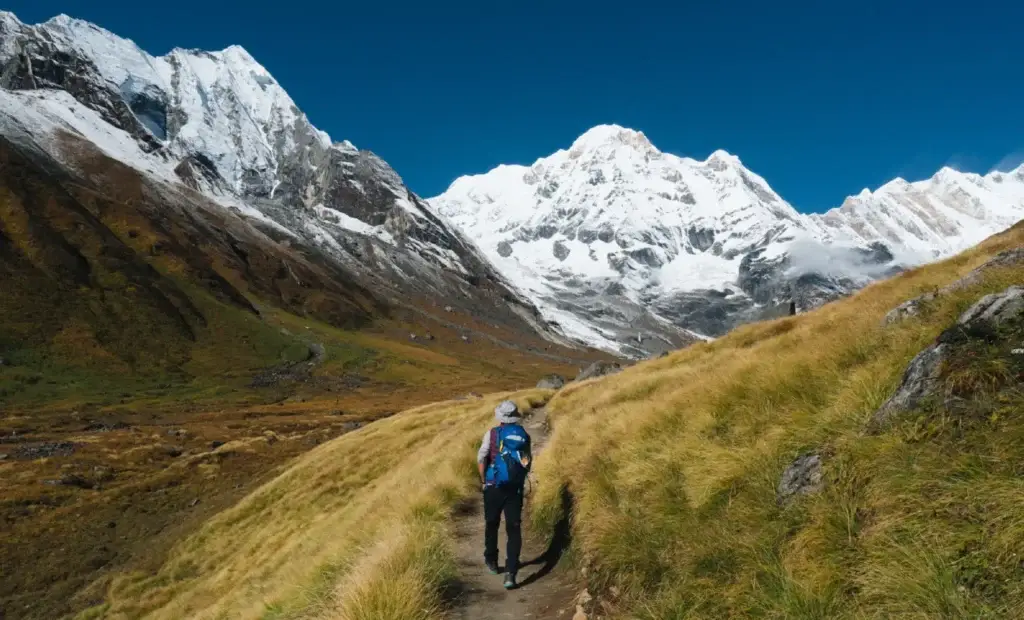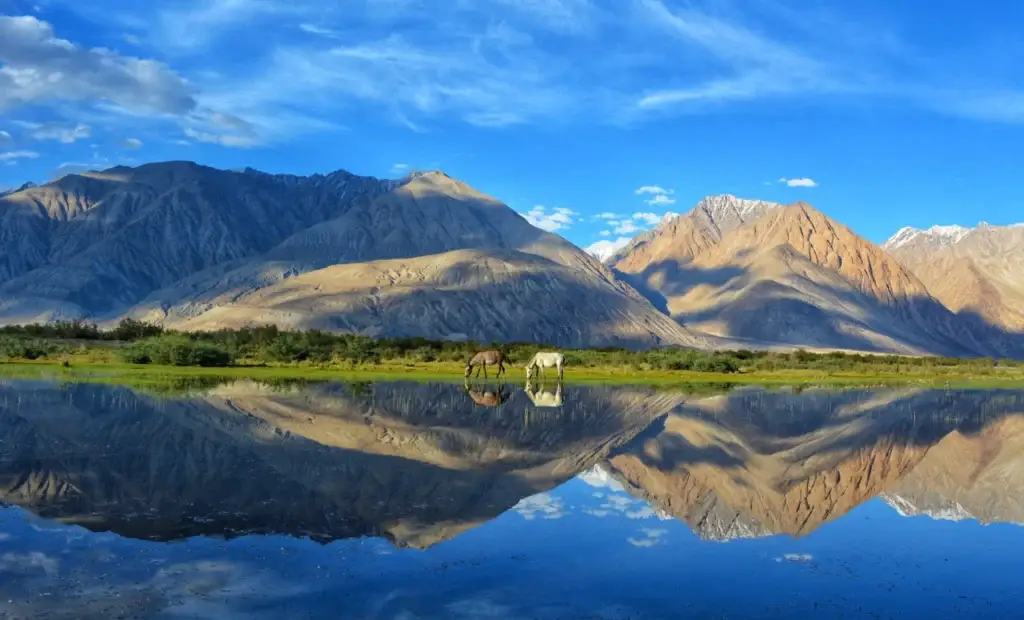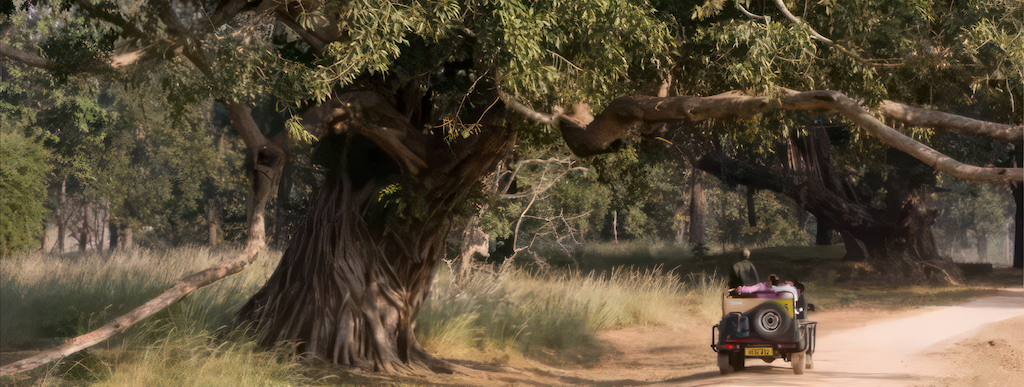The subcontinent of India has been described as a world within a world. It is so vast—spanning from the snowy Himalaya of the northernmost states to the tropical southernmost states–that the temperature varies widely within the country on any given day. So to pinpoint the best time to visit depends entirely upon your sites of interest.
Do you wish to safari atop an Indian Elephant on a search to spot a Royal Bengal Tiger? Are you intent on trekking to Annapurna and thrilling alpine views? Or have you always wished to tour Kerala to visit the hilltop tea estates and relax at the legendary Ayurvedic spas in the beach town resorts along the Arabian Sea?
Nomadic Expeditions’ Director of Operations Sanjay Saxena has outlined a Seasonal Overview of the best times to visit India per areas of interest and outlined 5 essential considerations when booking your itinerary. For his peerless knowledge of India and decades of expertise creating journeys and leading tours, he is perennially named the “Top Travel Specialist” for India by Conde Nast and named to WendyPerrin.com’s WOW List of destination experts.

Optimal Travel Seasonal Overview
November Thru February
Winter is a good time to visit for South India, Central India, and most of North India—excluding the Himalaya mountain states. During these cooler months the weather is temperate and pleasant, ideal for sightseeing the countless cultural sites throughout the country.

March Thru June
While these are some of the hotter months in the central plains, it’s the best time for visiting the wildlife parks, especially the tiger reserves as the animals are more easily seen. Spring is also an excellent time for trekking, as many Himalayan trekking routes are open and the mountains (up to about 14,000 feet) are covered with rhododendron blooms and other wildflowers.
June Thru August
The summer months comprise the monsoon season for most of India. While travel to major cultural sites and national parks is not recommended at this time, this is the best time to trek in Ladakh, which lies in the rain shadow of the great Himalaya and thus stays relatively dry.
September & October
These fall months are another good time for trekking, offering clear skies and autumn color in the Himalaya.

October & November
A good number of iconic festivals take place in North India (plains) during these months, including the Pushkar Camel Fair, Diwali, Dussera, and Durga puja. The weather is pleasant and the festivals are perhaps the best time to experience the full breadth of India’s cultural richness.
Variables to Consider
Tourist Crowds
December and January are the peak travel times to North India (Rajasthan, Delhi, Agra). For travelers wishing to experience the highlights of India without the bustle of tourist crowds, we recommend booking journeys in the shoulder months of this period. December and January also happen to be a foggy time, so you can avoid this too.
Monsoon Season
Traveling during the summer monsoon season, you must embrace the downpours and enjoy them, rather than view them as a nemesis of the trip. The rain is beautiful and turns the countryside vibrant green. However, if you do not enjoy the rain, it would be best to avoid these months. Do note that the monsoon rain is not the freezing cold water of North America; the monsoon rain is warmed by the hot air, so it is much like taking an outdoor shower. Local children love to play in it. And should you visit during this season, all excursions, walks, temple visits will be adjusted on a daily basis to accommodate any downpours. Keep in mind that certain states of India (Rajasthan, Ladakh) do not see the full brunt of the monsoon.
Wildlife Seasons
If tiger and wildlife sightseeing are on the top of your priority list, then we highly visiting India’s renowned nature preserves between March and April as that will offer you a higher probability of tiger sightings. Once the monsoon showers come, a profusion of undergrowth limits visibility of the animals inhabiting the wildlands. A tiger could be just 25 feet away from your safari Jeep but you would not be able to see it amid the foliage. By coming before the rains, you greatly increase your chances of spotting tigers as well as all of India’s exotic species.
Hiking and Trekking Seasons
Hiking in the Himalaya can primarily be broken up into two categories: low-altitude and high-altitude. Hiking in the foothills of the Himalaya (generally below 8,000 feet) you can hike from September all the way until May. The only time that trekking here is not recommend is during the monsoon season. For treks into the high Himalaya (10,000+ feet) you must wait till the winter snows have cleared off the higher passes. So the best months for high-altitude treks are in the spring (from March to May) or fall (from late-September to mid-November). The only exception is Ladakh, which geologically speaking, is part of the Tibetan plateau and so it is on the rain shadow side of the Himalaya. Thus, Ladakh offers excellent hiking from June to August.
Snow Leopard Opportunities
For anyone seeking to spot a snow leopard, you must be willing to take on trekking at elevation in the northern state of Ladakh during the winter months (December-March). This will reward you with the best opportunities to sight these most elusive of the big cats, often referred to as the “ghost of the mountains.” However, if setting eyes on snow leopard is not your desire, it’s best not to book a northern trek at that time as the conditions are quite uncomfortable.
Explore India Journeys
Nomadic Expeditions uniquely brings you inside subcontinent of myriad cultural experiences.

